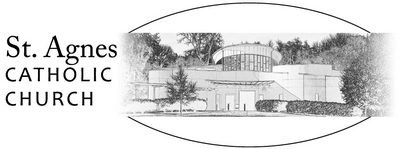Catholic Corner
January 31, 2021
Whenever we read the Gospels we find Jesus interacting with a diverse group of people. They included Pharisees, Sadducees, Herodians, Essenes and Zealots just to name a few. But who were these people? The roots of these different populations are to be found in the Maccabean revolt that occurred in 167 BCE. Alexander the Great had taken over Israel and the subsequent Greek rule attempted to supress Judaism and supplant it with Greek culture and religion. In response there arose a rebellion led by Mattathias of Modein who, with his sons and followers, threw the Greeks out, regained the Temple and rededicated it to God (this is the source for the celebration of Hannukah where there was not enough oil for the lamps yet their light shone for 8 days). Israel would stay independent from this time until 67 BCE when the Romans took control and put the Herodian dynasty nominally in charge (here is where the Herodians come from).
When Mattathias threw out the Greeks a group of priests was put in charge of the Temple but they were not descended from the recognized line. These priests were known as Sadducees and they ran the Temple in Jerusalem and made their livelihood accordingly. One group that rejected their legitimacy and chose to separate themselves from Temple worship were the Essenes. They headed out into the desert and embraced an apocalyptic world view. We know them today as the probable authors of the Dead Sea Scrolls.
Another group often mentioned in the Gospels are the Pharisees. They were known for their zeal for the law. They were considered the “pious ones” and interpreters of the law. They were also known as the one group among all of these that believed in the resurrection of the dead.
Other groups included the Zealots, a group of fighters that carried out gorilla warfare on the Romans and who’s actions would lead eventually to all-out rebellion with the Romans and the destruction of Jerusalem in the year 70 CE. And finally, there were the People of the Land, or the lowly people; farmers, shepherds and the like, those who did not keep Jewish purification laws. Many of these made up the followers of Jesus along with others who were considered dead in that society, like tax collectors who were Jews who made their living off the backs of their own people. Tax collectors had to collect the minimum Roman tax but could keep anything over and above that amount. To all of these Jesus was a sign of hope. By what he said and did he revealed a God who was loving, compassionate and merciful, especially to those who the rest of society had passed by.
